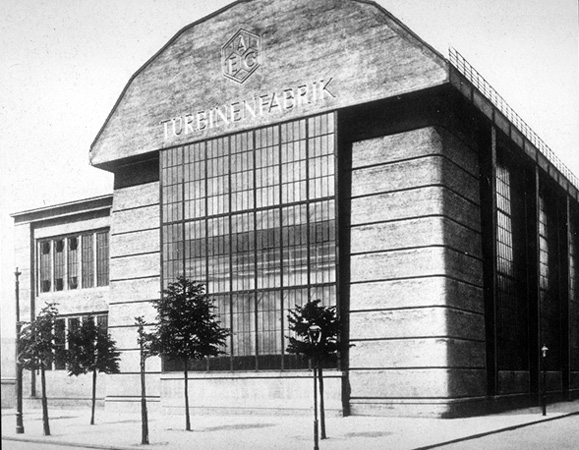The roots of modernism lie within the arts and crafts movement, post impressionism, expressionist and cubist art, and the industrial revolution. Artists of the early twentieth century explored the abstraction and flattening of art. Architects, designers, and artists toyed with different geometric patterns and designs. The rise of industry and the invention of the automobile and airplane inspired architects and designers to find a architectural model for the future rather than following Greek, Roman, and Renaissance models (Roth 519). World War I brought the use of new materials and many advances in the industry which in turn helped the modernist movement (Roth 520).
The word congruence implies fluidity and a constant which relates to the congruence of eclectic revivals in many public buildings. The Manhattan Municipal building, which I am doing my precedent analysis on, is an example of an classic eclectic building with it's statuettes and triumphal arch. The materials used are mostly concrete but a new form of building takes place because many of the eclectic buildings in New York and other large cities at the time are skyscrapers. Technology of the 20th century is employed in order to build these skyscrapers yet designs inspired from the roots of architecture-the classical era-are used (roth). So while the classical tradition is continued with new materials and technologies the modernist movement pushed forward with the creation of the Bauhaus in Germany.
Architectural training changed drastically with the creation of the Bauhaus and architects were trained across many disciplines and were later able to choose which design discipline fit them best. Sweedish modern and architects from the Netherlands were also a large part of modernist design. Their concepts for modern were less strict than those of the Bauhaus. Alvar Aalto is a large contributor to the Sweedish aesthetic that was brought to America around World War II. Aalto's work is described as a more 'humanistic scandanavian approach to modernism' (Massey 86). The Bauhaus focused on machine and like Corbusier, finding the most functional machine for living. I think that the Bauhaus created beautiful work but much of it is cold and far to utilitarian for my taste. I enjoy the less invasive scandanavian work. Artists and architects were exploring the use of the machine and how it fit into our everday lives. I think that no man works as a machine and a machine for living might sound pleasing, but in reality it is not 'humanistic'.
 ApartmentTherapy.com is one of my favorite websites which features photos from modern apartments. Many of which are eclectically mixed with modern and traditional elements. Above is an example of the Tulip Chair.
ApartmentTherapy.com is one of my favorite websites which features photos from modern apartments. Many of which are eclectically mixed with modern and traditional elements. Above is an example of the Tulip Chair. The idea of compression and release is a very broad concept in the the design world. Undulating walls automatically comes to mind such as in Gaudi's work. In class we spoke about a skyscraper that used bay windows in each apartment, thus creating undulating walls across the whole building. Compression and release also speaks to the way steel and glass are molded. The 20th century brought architects to play with curvilinear walls and different forms such as molded plywood. Charles and Ray Eames were among the most renouned for their work with molded plywood, however I would like to look at Eero Saarinen's work with the Tulip Chair and his molding of plastic. The Tulip Chair was made out of one mold while many of the chairs at the time were made in parts. Without the technological advances of the war the creation of such chairs would not have been possible (Massey 155).
The new technologies brought by both of the wars in the 20th century allowed architecture and design to move forward at a rapid pace into the modernist movement. The abstraction and reduction to the basics made designers start from the beginning and build from there. Corbusier began with the basics and moved forward as did Charles and Ray Eames, both Eero and Eliel Saarinen, Alvar Aalto, and the many designers of the modernist movement. A congruence of the same revivalist architecture is seen throughout this time where architects and artists were trying to find a new architecture. The underlying factor in this is technology. Technology bound together the new concepts (modernist architecture) and the old concepts (classically rooted architecture).



No comments:
Post a Comment